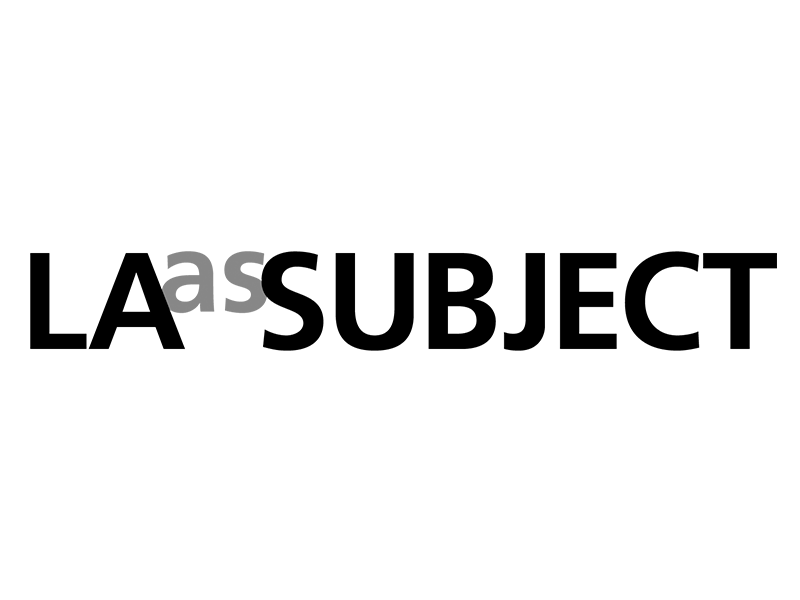Contact Information

University of California, Riverside, California Museum of Photography
University of California, Riverside, California Museum of Photography
3824 Main Street
Riverside, CA. 92501-3624
Access and Management
Access
ADC is open to researchers Monday through Friday from 1:00PM to 5:00PM and on an appointment basis. Researchers must agree to abide by established rules for handling materials. Reproductions are made for a fee on a case by case determination.
Management
Images of Los Angeles and its communities are preserved in the collections of the California Museum of Photography. In the immense archive of vintage stereographic negatives and prints known as the Keystone-Mast Collection are views taken between 1885 and 1960 of places, people, landmarks, industries, agriculture, and historical events in the Los Angeles region. The University Print Collection contains work by over one thousand contemporary and historical photographers. Its Los Angeles-related holdings include negatives from Ansel Adams’s Fiat Lux project which show the campus of the University of California, Los Angeles, and the surrounding area in the 1960s; the archive of original negatives shot by photographer Will Connell in Los Angeles between the late 1920s and the early 1960s; Robert Cleveland’s photographs from the 1940s and 1950s of buildings and architecture in Los Angeles; studio photographs of children, families, entertainers, and burlesque performers taken between 1940 and 1976 at Raoul Gradvolh’s studios in Hollywood and downtown Los Angeles; Kodak Cirkut camera images (10 x 39–60 in. panoramas) taken by William Amos Hanes during the early 1900s which record events and places in Los Angeles, including residential areas, sanitariums, industrial and recreational sites, and downtown; and Louis Jarvis’s photographs of leisure in Pasadena in the 1890s. The museum also has a modest collection of rare photographic books and albums dating to the early decades of the twentieth century.